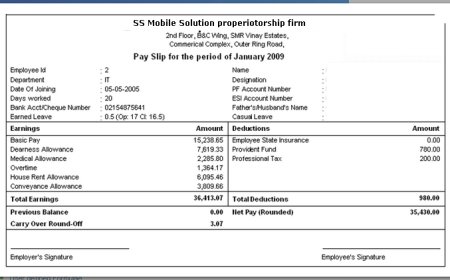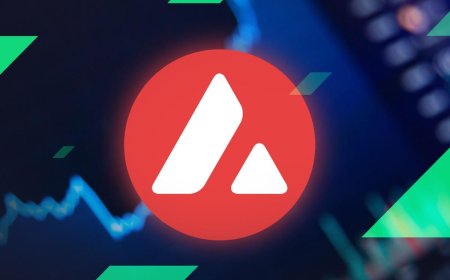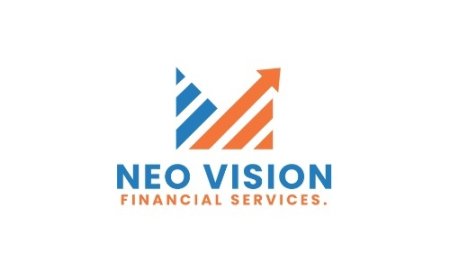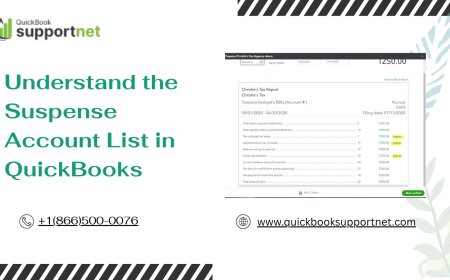Advanced Loan Origination System for Seamless Processing
From initial customer onboarding and document collection to underwriting and disbursement, a loan origination system (LOS) ensures consistency and compliance across all lending channels.

In the age of digital transformation, lending institutions are constantly searching for tools that improve operational efficiency, reduce turnaround time, and enhance the borrower experience. One of the most impactful solutions in the lending ecosystem is a loan origination system. This powerful tool automates and streamlines the entire loan application and approval process, providing speed, accuracy, and scalability to financial institutions of all sizes.
From initial customer onboarding and document collection to underwriting and disbursement, a loan origination system (LOS) ensures consistency and compliance across all lending channels. It supports various loan products, including personal, home, vehicle, education, and business loansoffering customizable workflows tailored to the institutions needs.
What Is a Loan Origination System?
A loan origination system is a digital platform that facilitates the processing of loan applications from submission to disbursement. It includes various modules for data collection, credit analysis, document verification, risk assessment, decision-making, and offer management.
The system is designed to replace traditional manual processes, which are often prone to delays, data entry errors, and compliance issues. With automation at its core, a loan origination system helps lenders handle higher volumes of applications quickly and with greater precision.
Key Components of a Loan Origination System
To ensure smooth and effective lending, a robust LOS typically includes the following core functionalities:
1. Application Intake
Borrowers can apply through multiple channelsbranch, website, mobile app, or third-party portals. The system captures and organizes borrower information systematically for easy access.
2. Document Management
Applicants upload essential documents such as ID proofs, bank statements, and income certificates. The system validates documents using OCR and AI-based checks.
3. Credit Evaluation
The LOS integrates with credit bureaus to fetch real-time credit scores. Internal risk models also assess eligibility based on credit history, income, and employment status.
4. Underwriting Engine
A rules-based underwriting module evaluates each application against pre-set policies and scoring metrics, automating the approval or escalation process.
5. Offer Creation
Once approved, the LOS generates a personalized loan offer detailing interest rates, repayment terms, and EMI structure. The borrower can review and digitally sign the agreement.
6. Compliance Checks
Regulatory compliance is built into the system, ensuring that every loan passes through AML, KYC, and other necessary checks before approval.
7. Loan Disbursement
Upon acceptance, the LOS connects with payment gateways or core banking platforms to disburse funds directly into the borrowers account.
Benefits of a Loan Origination System
Implementing a loan origination system provides numerous advantages to lending organizations:
-
Faster Loan Processing
Automation significantly reduces manual work, accelerating the time taken from application to approval.
-
Enhanced Customer Experience
Borrowers benefit from quick decisions, online applications, and transparent communication throughout the loan process.
-
Improved Accuracy
Rule-based processing eliminates human errors and ensures consistent application assessments.
-
Scalability
As institutions grow, the LOS can handle increasing volumes without performance degradation.
-
Regulatory Compliance
Built-in audit trails and automated compliance checks reduce the risk of non-compliance and support regulatory audits.
For a Leading Financial Institution, the adoption of a loan origination system enables smoother internal operations and superior borrower satisfaction, while maintaining governance and oversight.
Integration Capabilities
To maximize its impact, a modern loan origination system is designed to integrate seamlessly with other key technologies, including:
-
Core Banking Systems Synchronize approved loan data for account management and servicing.
-
Credit Bureaus Retrieve borrower scores and reports during application evaluation.
-
Payment Gateways Enable real-time processing of disbursements and associated fees.
-
CRM Platforms Maintain borrower profiles, lead data, and communication logs.
-
Document Verification APIs Automatically verify customer documents for authenticity and fraud detection.
These integrations ensure that data flows smoothly across departments, reducing bottlenecks and improving decision-making.
Choosing the Right Loan Origination System
Before investing in a loan origination system, institutions should evaluate several critical factors:
-
Customization
Can the system adapt to unique loan products, risk models, and approval processes?
-
User Interface
Is the dashboard intuitive for both internal users and borrowers?
-
Deployment Model
Decide between cloud-based and on-premise deployment based on your infrastructure and data security requirements.
-
Security
Look for robust encryption, access controls, and compliance with data protection regulations such as GDPR or RBI guidelines.
-
Vendor Support
A reliable support team is essential for system configuration, training, and ongoing updates.
Top Providers of Loan Origination Systems
Several technology providers have built feature-rich LOS platforms trusted by financial institutions worldwide. These include:
1. nCino
Known for its cloud-native architecture and Salesforce integration, nCino offers a seamless LOS for commercial and retail banking.
2. TurnKey Lender
An AI-powered end-to-end LOS ideal for digital lenders and NBFCs, with rapid deployment and flexible workflows.
3. FIS
FISs LOS is scalable and suited for large banks, offering robust compliance tools and cross-product support.
4. Mambu
This composable banking platform includes a loan origination module that is easily integrated and highly customizable.
5. LendFoundry
Geared toward fintechs, LendFoundry offers modular loan management tools with powerful analytics and reporting.
Emerging Trends in Loan Origination Systems
The lending industry is evolving rapidly, and loan origination systems are adapting to new demands with advanced features:
-
AI-Driven Risk Analysis
Machine learning models now assess applications more accurately using real-time and alternative data.
-
Embedded Lending
LOS tools are being integrated into third-party platforms, allowing contextual loans via e-commerce and payroll systems.
-
Open Banking Integration
Borrower transaction data is used to speed up underwriting and provide personalized loan offers.
-
Voice and Chatbot Applications
Smart assistants are being used to help customers apply for loans, check statuses, or upload documents.
-
Blockchain-Based Agreements
Smart contracts are creating tamper-proof, self-executing loan terms, reducing paperwork and fraud.
Conclusion
In a competitive and digital-first lending environment, a well-implemented loan origination system is essential for sustainable growth and superior customer service. It empowers financial institutions to make quicker, more accurate decisions while reducing costs and staying compliant with ever-changing regulations.
By leveraging an advanced LOS, lenders can handle higher volumes, serve diverse borrower segments, and deliver a fully digital lending experience. As expectations around speed and personalization grow, institutions that invest in modern LOS technology will be best positioned to lead the lending market of tomorrow.





























